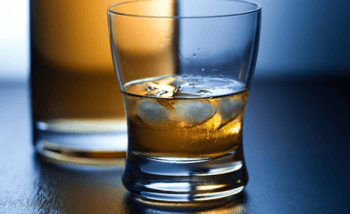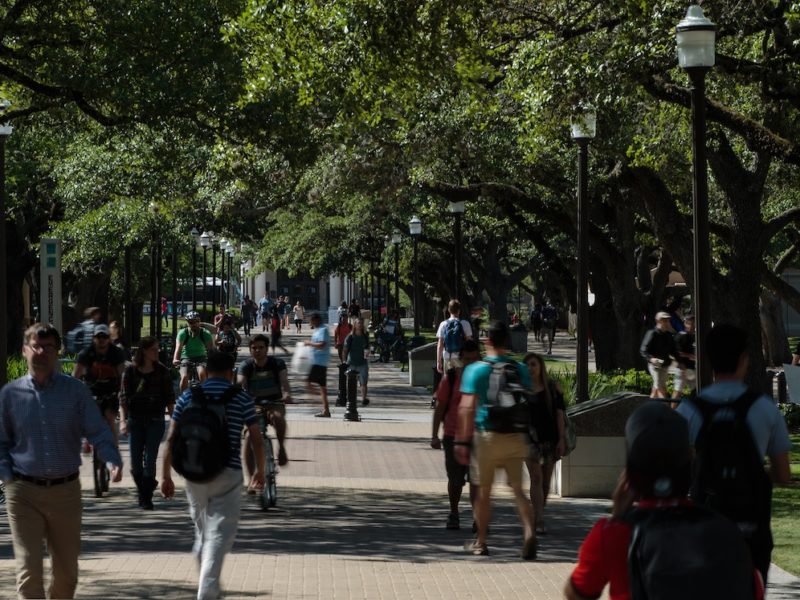Researchers Find Neuron Responsible For Alcoholism

Scientists have pinpointed a population of neurons in the brain that influences whether one drink leads to two, which could ultimately lead to a cure for alcoholism and other addictions.
A study, published in the Journal of Neuroscience by researchers at the Texas A&M Health Science Center College of Medicine, finds that alcohol consumption alters the structure and function of neurons in the dorsomedial striatum, a part of the brain known to be important in goal-driven behaviors. The findings could be an important step toward creation of a drug to combat alcoholism.
“Alcoholism is a very common disease,” said Jun Wang, M.D., Ph.D., the lead author on the paper and an assistant professor in the Department of Neuroscience and Experimental Therapeutics at the Texas A&M College of Medicine, “but the mechanism is not understood very well.”
Now, Wang and his team have helped come a little closer to that understanding. Using an animal model, the researchers determined that alcohol actually changes the physical structure of medium spiny neurons, the main type of cell in the striatum. These neurons can be thought of like a tree, with many branches, and many small protrusions, or spines, coming off of them. They each have one of two types of dopamine receptors, D1 or D2, and so can be thought of as either D1 or D2 neurons. D1 neurons are informally called part of a “go” pathway in the brain, while D2 neurons are in the “no-go” pathway. In other words, when D2 neurons are activated, they discourage action — telling you to wait, to stop, to do nothing.
Continue reading on Vital Record.
This article by Christina Sumners originally appeared in Vital Record.





